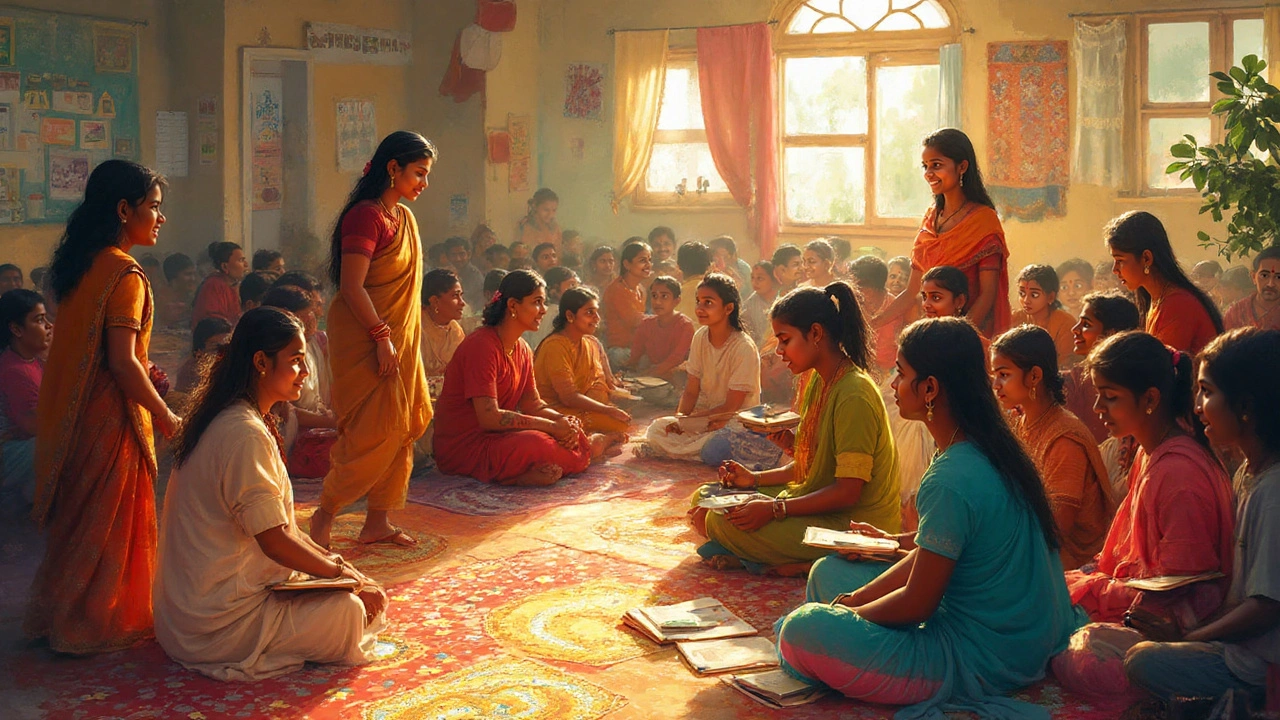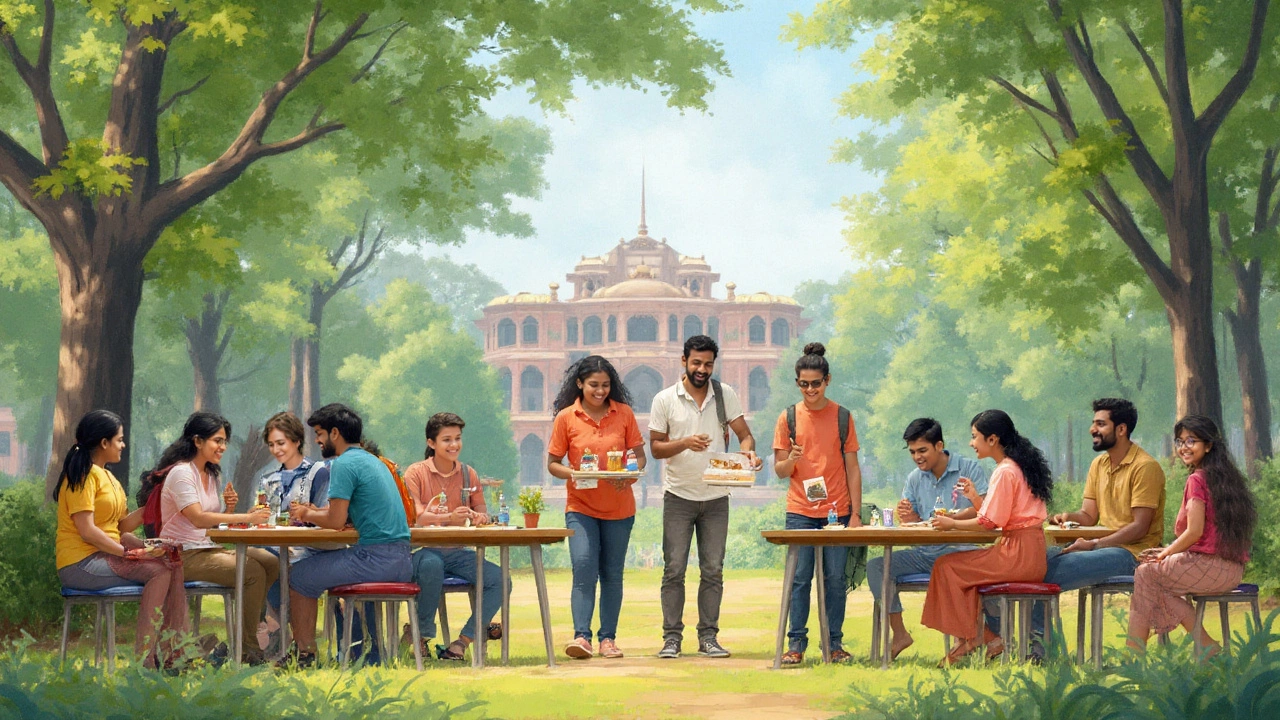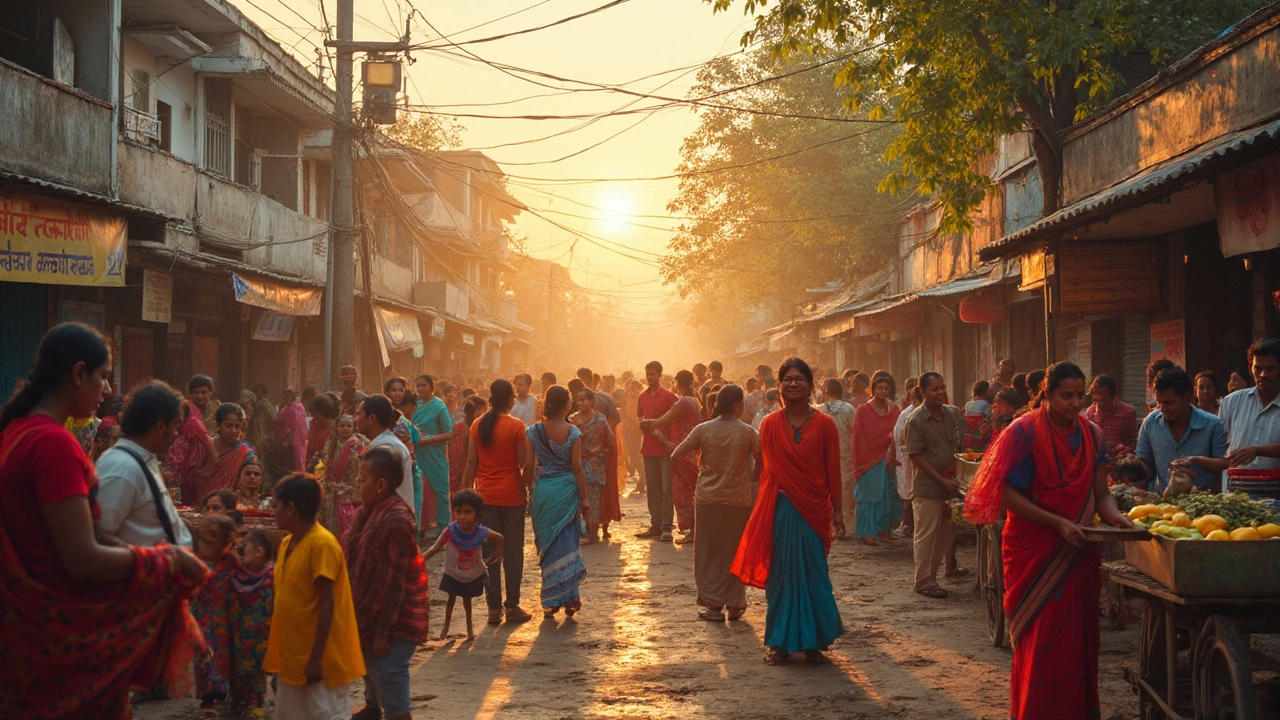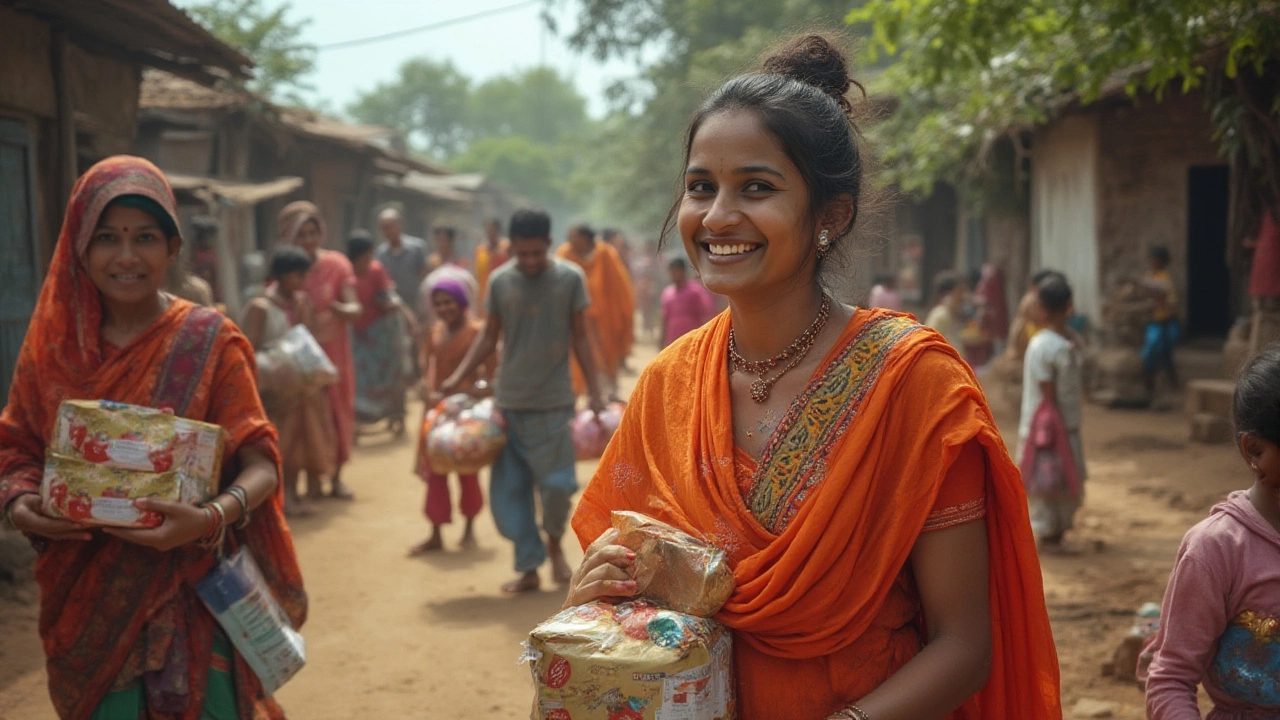Discover the most effective outreach tasks, creative activity ideas, and the secrets behind strong community engagement. Uncover practical tips and tools.

- Created by: Lydia Carmichael
- Completed on: 7 Aug 2025
- Categories: Volunteering
If you think outreach is just about stuffing envelopes or calling donors, you’re missing about 90% of the magic. Community outreach—whether for charities, youth initiatives, or neighborhood clean-ups—thrives on action. But here’s a surprise: not all outreach tasks are created equal. Smart groups know how to mix classic jobs with creative new ones, using every skill set on the team. Boring, routine duties scare off volunteers. Give people tasks that matter and you’ll see commitment skyrocket. But how do you spot the best outreach activities for your own group? Let’s check out what really works in Wellington and beyond.
Types of Outreach Tasks: Beyond Calls and Flyers
There’s no shortage of ideas when it comes to outreach, but not every task will suit every group or campaign. Classic outreach meant knocking on doors or mailing brochures, but things have changed. Now, the options are as wide as your imagination—and people’s willingness to try something new.
Direct communication tasks are probably what you picture first. These include phone calls, email outreach, and house visits. But effective outreach isn’t a one-hit wonder. That’s why smart organizations offer multiple ways people can help, from food drives to dog-walking for the elderly to digital campaigns targeting younger volunteers.
Let’s sneak a peek at some of the most valuable types of outreach tasks:
- Hosting events for a specific purpose (like Wellington’s winter clothing swap for youth in need, which got 1,200 coats donated last year)
- Building partnerships with local schools or small businesses
- Organizing food bank drives and donation pick-ups
- Running social media takeovers or content sprints
- Creating resource handouts (not just pamphlets—think step-by-step guides or video explainers)
- Coordinating wellness checks for isolated residents
- Translating materials for non-English speaking communities (do you know Wellington has 160 languages spoken? True stat from the 2023 census!)
- Onboarding and training new volunteers
- Managing online forums for support groups
- Logistical support—setting up, packing down, and everything in between
Behind every effective job, there’s a soft skill being put to good use. Empathy, patience, digital know-how, creativity, resilience. And don’t forget about physical tasks: from setting up tents at a weekend nature clean-up to sorting food supplies for the Mission’s lunch runs.
In 2024, research from Volunteer New Zealand revealed something wild: people who were given creative or skills-based outreach tasks stayed active twice as long as those given repeat admin jobs. So, next time you’re looking to get more people on board, think about what jobs will make them say, “Wow, that was actually fun!” not “Oh no, another spreadsheet.”
| Type of Outreach Task | Skills Needed | Impact Level |
|---|---|---|
| Community Events | Organization, Communication | High |
| Social Media Campaigns | Digital, Creative | Medium-High |
| Direct Calls/Visits | Empathy, Listening | High |
| Material Preparation | Attention to Detail | Medium |
| Partner Outreach | Networking, Initiative | High |
Just remember: mix these jobs up. People, especially in Wellington, love trying something new.

Creative Ideas for Outreach That Actually Work
So, what sets a ‘meh’ outreach campaign apart from one that makes headlines or shows up in Monday morning’s group chat? It’s the willingness to do things differently—the bold outreach tasks that cut through the noise.
One wicked example: In 2023, a group in Karori organized a “Coffee & Connect” series, where volunteers hosted pop-up coffee carts near bus stops, offering free drinks and info about community mental health services. The catch? Every cup had a QR code for instant access to online help, and the volunteers mingled with commuters, sparking actual conversations. Attendance at the local support group shot up 38% the next month. That’s creative outreach.
Another winner: the ‘Kids for Change’ project, which paired teenagers wanting volunteer hours with seniors who needed help using smartphones or tablets. Teens earned credits; seniors learned to use Zoom for the first time. Both remembered each session as a highlight of their week.
There’s also the “Green Hacks” video series run by an environment group in Upper Hutt. They asked locals to send in their best zero-waste tips—then had a filmmaker stitch them together for social media. Not only did this boost the group’s Instagram by 2,400 followers in six weeks, it also got the local council to showcase the series on their own site.
But what about outreach tasks that are less obvious? Think about survey collection: a couple of volunteers walk the farmers’ market, armed with iPads, chatting to shoppers about food insecurity. Or, peer listening lines that let young people call someone near their own age, for help with stuff like anxiety or career worries.
Outreach tasks can also go virtual. Creating a newsletter, updating a community database, or moderating a private Facebook group—from your house in your pajamas. This digital angle is huge: in a 2024 study, 41% of volunteers said they preferred at least some virtual outreach options.
For groups short on money and time, teaming up with others just makes sense. Imagine sharing resources with a nearby food bank or inviting local musicians to volunteer—musicians often bring their own crowds to events, and that energy is contagious. The more creative the task, the more likely people will want to show up, give their all, and bring a friend next time.
Looking for tips to get started? Here are a few proven approaches:
- Run a monthly brainstorm where everyone pitches outreach tasks—no idea too silly
- Ask volunteers about hidden talents (do you have a DJ, designer, or social media whiz?)
- Use feedback tools, like quick surveys after outreach events, to learn what people loved or loathed
- Stack smaller, flexible tasks for people who are time-poor (mini volunteer jobs let them chip in without a big commitment)
- Gamify your outreach—set challenges, offer fun digital badges, or highlight the most creative contributor in your next newsletter
- When in doubt, ask your community what they actually need. Nobody knows better than those you want to help.
The biggest key? Don’t underestimate anyone’s potential. Give outsiders or newcomers a real chance to own a piece of the campaign. You’d be surprised how many future leaders started out just posting flyers or making TikToks for a local cause.
As Jane Goodall famously put it,
“You cannot get through a single day without having an impact on the world around you. What you do makes a difference, and you have to decide what kind of difference you want to make.”

Measuring Your Outreach Success: What Matters Most?
Launching a wave of outreach is one thing. Proving it worked (or learning what fizzled) is a different animal entirely. But this is mission-critical if you want to win future supporters—or even just convince your small team it was worth the scramble and late nights.
Classic yardsticks like the number of attendees or money raised are nice, but they only tell part of the story. Smart teams track more creative outreach metrics. Here’s what you should consider:
- Number of personal connections made (not just headcounts, but actual face-to-face or one-on-one chats)
- Percentage of new vs. returning participants—so you know if you’re reaching fresh faces
- Social engagement rates for digital outreach (likes, shares, DMs)
- Reported impact from people helped—quick feedback, not bureaucratic forms
- Volunteer retention: who sticks around and why?
- Diversity in outreach: are you missing groups who keep falling through the cracks?
Data from Volunteer Wellington in 2023 showed that projects tracking these softer elements—like volunteer stories or calls/emails logged—reported satisfaction rates 22% higher than those focusing only on hard numbers. Don’t be afraid to get personal: often the most moving outreach ‘case study’ is just a single email, a quote picked up during a street clean-up, or a message scribbled on a thank you card.
Here’s a little data snack for you, straight from a 2024 outreach report:
| Outreach Activity | No. of Volunteers | No. of Direct Beneficiaries | New Volunteer Signups |
|---|---|---|---|
| Street Food Drives | 54 | 1200 | 7 |
| Wellness Calls | 31 | 540 | 3 |
| Social Media Campaigns | 22 | 2600 (views) | 12 |
| In-person Workshops | 13 | 78 | 2 |
Keep your community in the loop. Celebrate the wins—big or tiny. Make a fuss over successful outreach jobs (photo boards, award shoutouts, homemade cookies at team meetings) and don’t beat yourself up if something tanks. Every failed outreach task is a lesson, not a disaster.
The wild thing about outreach? The more creative you get with task design, the deeper your impact. People love having a real reason to show up—and if you make it feel less like duty and more like community, the rest takes care of itself. Wellington proves that you can build big change from small steps, as long as you keep things practical, personal, and always open to wild new ideas.
Community outreach brings people and organizations together to solve real problems, support those in need, and build connections that make neighborhoods better. This article shows how outreach really works, who gets involved, and how you can take part. You'll get practical tips, learn some surprising stats, and see how small actions pile up to make a big difference. Whether you're new to outreach or want fresh ideas, you're in the right place. Dive in to see what it takes to turn good intentions into real results.
Unpacking what charities actually do every day, from funding essentials to running innovative community programs, and how you can join in.

